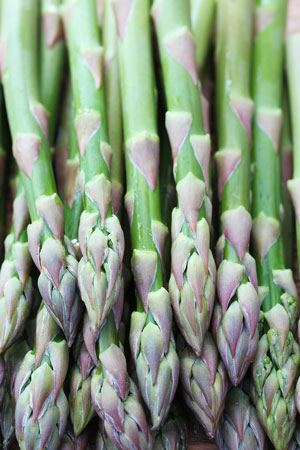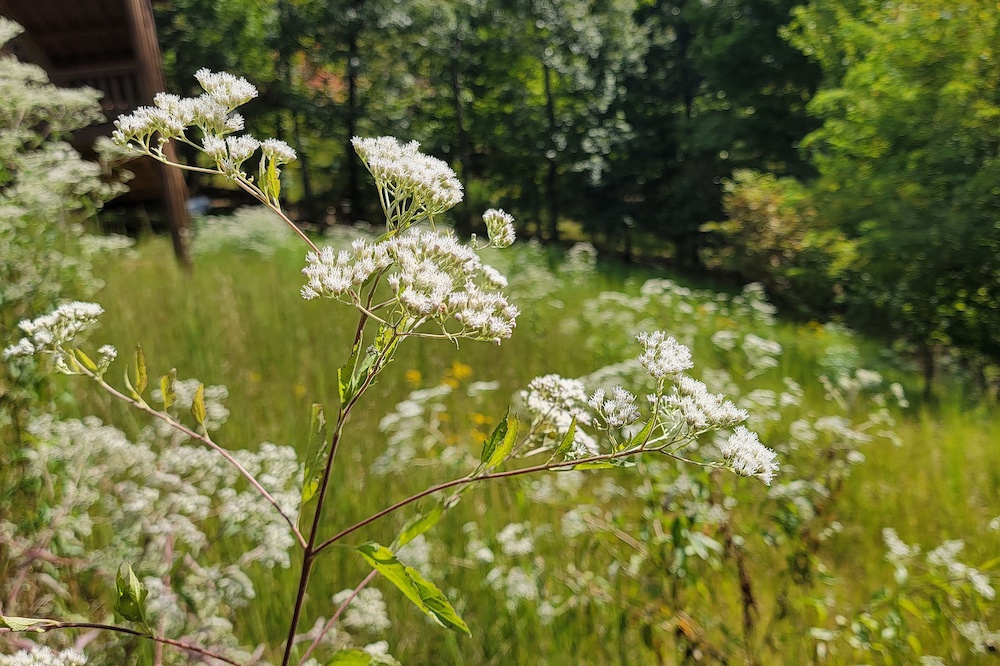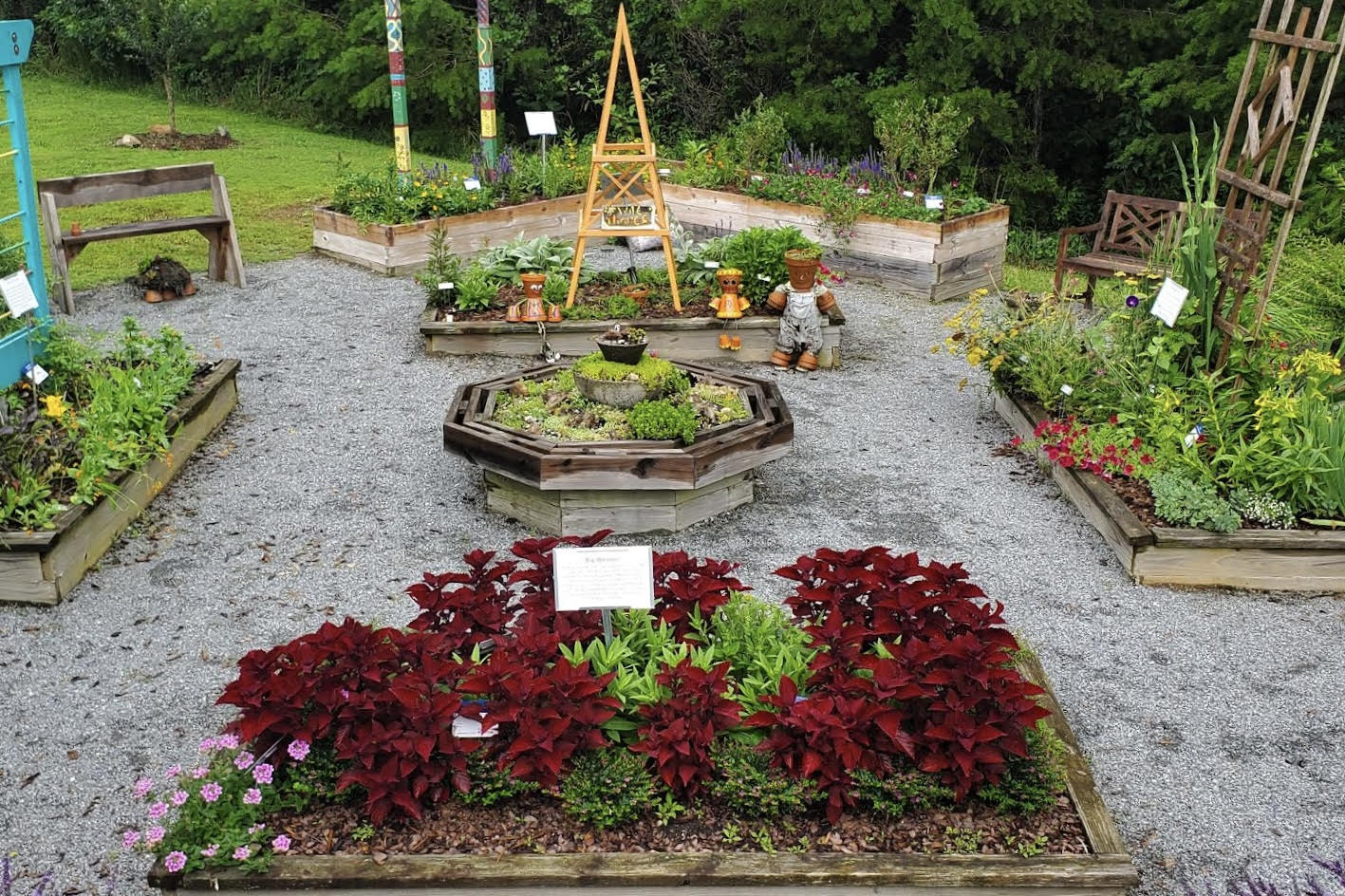Asparagus demonstrates what Mother Nature can do with a plant. By planting asparagus only one time, the plants will continue to produce for many years to come. A vegetable garden in Vermont has had the same producing asparagus bed for more than100 years.
February is the best month for planting asparagus. Crowns not seed are used to establish asparagus, so check with area garden centers early in case the crowns need to be ordered.
A soil test should be taken to determine fertilizer and lime needs in your garden plot. If adding lime to raise the pH level, it should be plowed in before the crop is planted. This is especially important for perennials such as asparagus since the soil once the bed is established it should not be disturbed again.
Asparagus crowns that are one year old are best to use when establishing a bed. Be sure to add organic matter such as animal manure or compost. Adding the appropriate amount of commercial fertilizer will pay good dividends. Use 50 pounds of 6-12-12 or 5-10-15 per 1,000 square feet before setting crowns. Annual split applications of 6-12-12 or 5-10-15 at the rate of 1 to 2 pounds per 100 square feet should be adequate to keep asparagus actively growing.
The plant is dioecious, which means the male flowers are on one plant and the female flowers are on a separate plant. The green foliage is fern-like and produces excess food that is stored in the fleshy storage roots. The spears, which develop in early summer, are doing so at the expense of this stored food. For this reason, the harvest season should be regulated to allow sufficient time for the plant to replace this stored food.








